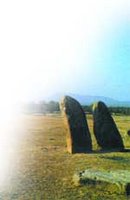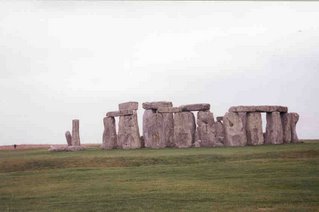Sentinels From Prehistory

Hazaribagh's prehistoric megaliths are finally receiving the academic and popular attention they deserve. Subhashis Das has been working tirelessly to preserve them and started the Megalithic Utsav at Punkhri- Barwadih two years ago to generate awareness about these sentinels from the remote past. The Utsav is held on the morning of the two equinoxes each year, when the sun can be seen rising through the V-shaped gap between a pair of tall megaliths. This beautiful astronomical sight can be seen only on equinox mornings here. It?s a rare, spectacular phenomenon, says Das, who quit his job to research and popularise the megaliths full-time. These ancient stones were actually superb astronomical-astrological observatories, says Das, who has discovered three megalithic observatories in Jharkhand.
Source
